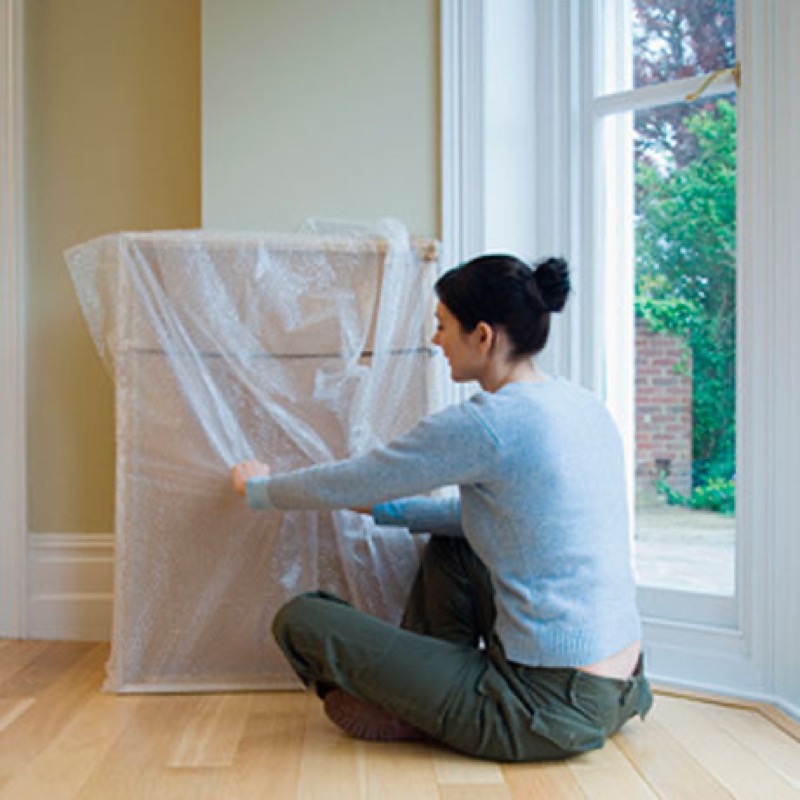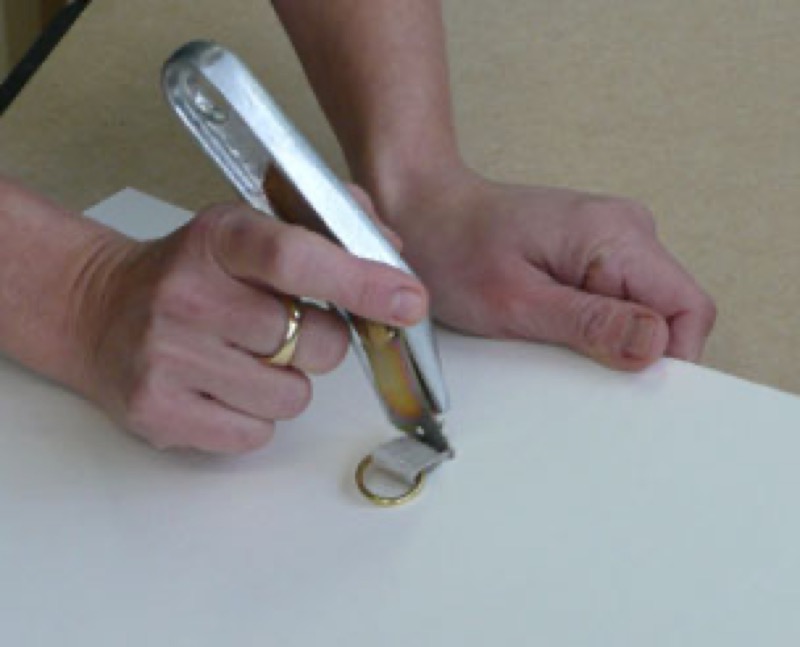To exhibit, you must both move your works without damaging them and present them to the public in the best possible conditions. Focus: The material you will need to protect your work.
Choosing the right material to exhibit your work
Rate this tutorial

Before transport
Once framed, your works are solid objects...but also fragile ones.
Get them ready for transport by providing them with triple protection:
-A first layer of supple material which is chemically and physically neutral.
-A thick layer of bubble wrap.
-A corrugated cardboard box.
You may also opt for "American crates:" corrugated cardboard boxes with lids, available in a variety of standard sizes or else custom-made.
Note
Don't forget to insure your creations during transport, as well as for any exhibition held in a venue which is not dedicated to art. Contact your usual insurer or a specialized insurance company.
During transport
Nothing is stopping you from transporting your creations yourself.
But once a certain quantity is reached - and if you plan on exhibiting large-scale items - it is recommended you contact a professional. Look up specialist agencies in the areas of art and fragile objects. They will also manage the packaging of your precious items, or confide your load to traditional carriers.
A bit of advice: Compare estimates and the compensation provided in the event of an accident!

On site
Everything depends on the exhibition venue and the nature of your work. A restaurant will most definitely have hooks on its walls and a gallery will offer you a variety of methods for exhibiting your work. But if your creations are heavy and voluminous, or if you plan to display your work outside or in a place which lacks equipment, you must prepare for everything yourself.
Check with the gallery owner to make sure the devices holding your works are compatible with the gallery's hanging systems.
The easiest is a ring attached to the cardboard at the back of the frame by means of a flax plait. Make two such rings for frame sizes exceeding 30 x 40 cm. Your heaviest works will have to be equipped with riveted rings or closed round screw eyes set into the frame's moulding.
Inquire as to the nature of the support before contemplating a hanging system: use expansion anchors for hollow walls and nylon plugs for solid ones. Then screw the screw eyes into them.
Extremely practical, rails are vertical metal rods attached to the wall and upon which adjustable picture hooks can rest.
In outdoor spaces or venues which have been graciously offered to you, place your works on easels or pieces of furniture.
Tip: Good lighting
All enclosed spaces will require lights for your work. You can install footlights or spotlights on the ground or ceiling directed towards the wall, or use individual lights for each picture which you can attach to the picture frames, for example.
Avoid halogen lights which contain excessive amounts of UV. Instead use low-voltage bulbs or LEDs which nicely bring out colours without consuming too much energy.
Oil paintings will thrive under the yellowish light of incandescent bulbs.
Certain LED models are battery-operated and therefore come in handy in the absence of electrical outlets, or when one wishes to eliminate wires.
Recommended product:
Backing Boards
See also :
Framing
Framing: Attach the hanging ring
